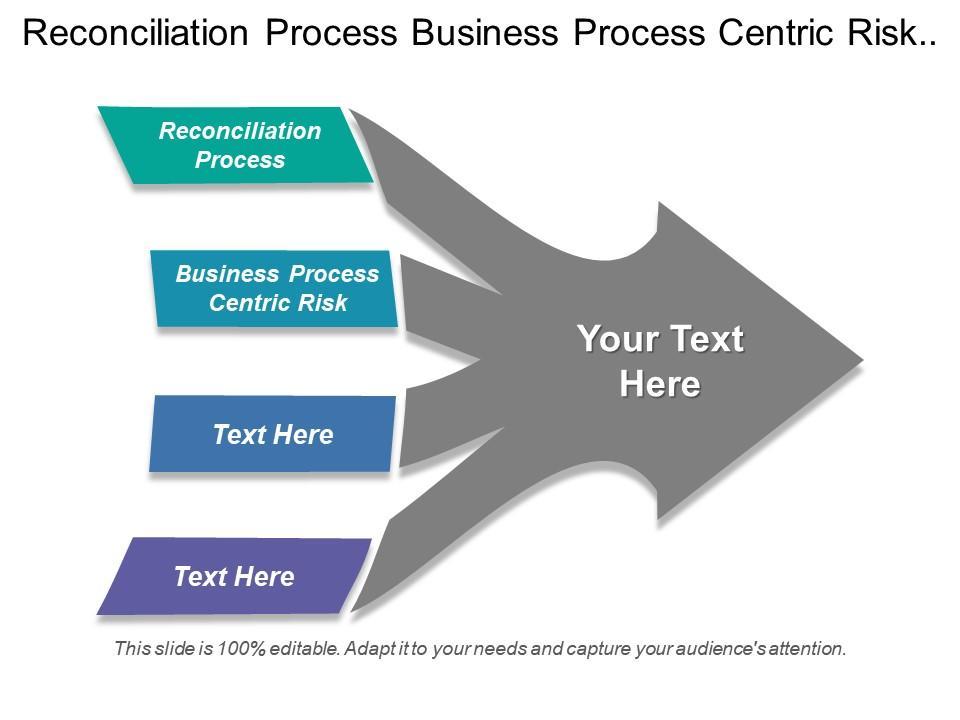Why Every Organization Needs Strong Risk Management in Reconciliation

In today’s fast-paced business environment, risk is inevitable. Companies face financial, operational, regulatory, and reputational risks daily. One critical yet often overlooked tool for risk management in reconciliation is proper account verification. Reconciliation ensures that financial records, transactions, and accounts align accurately, providing organizations with a reliable picture of their financial health. When businesses neglect reconciliation or fail to implement it correctly, they expose themselves to errors, fraud, and inefficiencies that can escalate into serious risks.
Understanding Reconciliation
Reconciliation is the process of comparing two sets of records to ensure they are consistent and accurate. In financial terms, it often involves matching internal records, like a company’s ledger, against external statements, such as bank accounts or vendor invoices. Beyond finance, reconciliation can apply to inventory tracking, customer data, and operational metrics.
The main goal of reconciliation in risk management is to identify discrepancies early. A missing payment, an incorrect ledger entry, or a duplicate transaction may seem minor individually, but collectively, they can distort financial statements, misinform management decisions, and create compliance issues.
The Risks of Poor or Infrequent Reconciliation
Businesses that fail to implement proper risk management in reconciliation face a range of challenges:
-
Financial Losses – Unreconciled accounts can hide errors like double payments, missed invoices, or incorrect vendor billing, which impact cash flow and profitability.
-
Fraud Exposure – Reconciliation acts as a control mechanism that can detect unauthorized transactions. Without it, fraudulent activities may go unnoticed.
-
Regulatory Non-Compliance – Maintaining accurate records is crucial for audits, tax reporting, and compliance. Failure to reconcile accounts can trigger penalties.
-
Inaccurate Decision-Making – Management relies on precise data to make strategic choices. Poor reconciliation compromises decision-making by providing flawed information.
-
Reputational Damage – Clients, investors, and partners expect transparency. Errors due to inadequate reconciliation can erode trust and harm a company’s reputation.
Why Businesses Often Fail at Reconciliation
Despite its importance, many organizations struggle with risk management in reconciliation. Common reasons include:
-
Manual Processes – Relying on spreadsheets is time-consuming and error-prone.
-
Lack of Standardized Procedures – Inconsistent handling of transactions makes discrepancies harder to spot.
-
Limited System Visibility – Siloed data complicates reconciliation, leaving gaps that hide risks.
-
Inadequate Training or Resources – Skilled personnel are essential to identify discrepancies efficiently.
-
Delayed Reconciliation – Reconciling only at month-end prevents early error detection.
How Proper Reconciliation Supports Risk Management
Strong reconciliation practices reduce organizational risk. Key benefits include:
-
Early Detection of Errors – Frequent reconciliation identifies discrepancies quickly, preventing costly mistakes.
-
Fraud Prevention – Routine checks help detect unauthorized activities, protecting the business from financial loss.
-
Enhanced Financial Accuracy – Accurate records lead to reliable reports and informed decision-making.
-
Regulatory Compliance – Proper reconciliation supports audits and ensures compliance with regulations.
-
Operational Efficiency – Automation reduces manual labor, allowing staff to focus on strategic tasks.
Best Practices for Effective Risk Management in Reconciliation
To strengthen risk management in reconciliation, organizations should adopt these best practices:
-
Automate Processes: Reduce human error with reconciliation software.
-
Standardize Procedures: Define timelines, responsibilities, and reconciliation methods.
-
Reconcile Frequently: Conduct reconciliations daily or weekly.
-
Integrate Systems: Ensure financial and operational systems communicate effectively.
-
Train Staff: Equip employees to detect and resolve discrepancies.
-
Document and Audit: Maintain detailed records to support audits and compliance.
Conclusion
Businesses fail to mitigate risks without proper reconciliation because errors, fraud, and discrepancies can go undetected. Implementing effective risk management in reconciliation ensures accuracy, transparency, and compliance. By investing in standardized processes, automation, and skilled personnel, organizations can transform reconciliation from a routine accounting task into a powerful risk mitigation strategy.
Prioritizing reconciliation strengthens financial health, protects against fraud, and fosters trust with stakeholders—making it a cornerstone of modern business risk management in reconciliation.
- AI
- Vitamins
- Health
- Admin/office jobs
- News
- Art
- Causes
- Crafts
- Dance
- Drinks
- Film
- Fitness
- Food
- Games
- Gardening
- Health
- Home
- Literature
- Music
- Networking
- Other
- Party
- Religion
- Shopping
- Sports
- Theater
- Wellness


